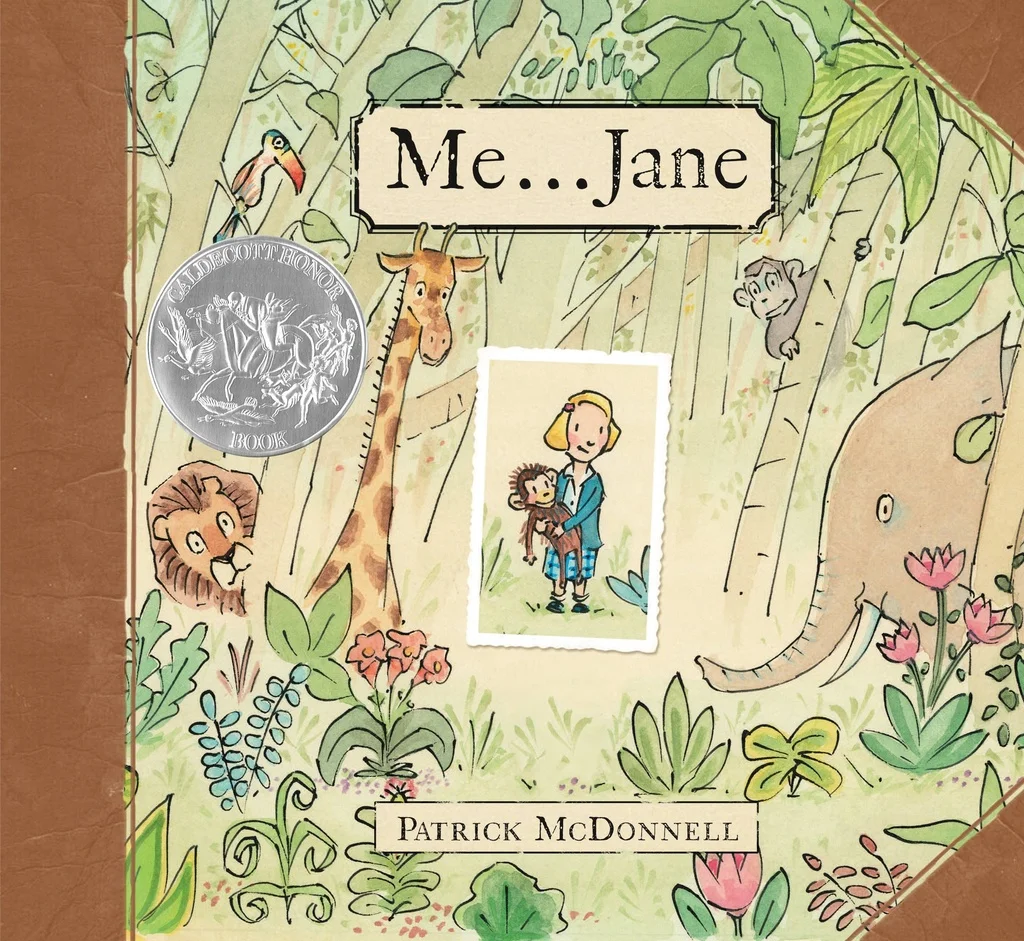Eric Fromm: On the ever hopeful subject of Love
“Love is the only sane and satisfactory answer to the problem of human existence.”
“To love without knowing how to love wounds the person we love,” the great Zen teacher Thich Nhat Hahn admonished in his terrific treatise on how to love — a sentiment profoundly discomfiting in the context of our cultural mythology, which continually casts love as something that happens to us by chance, something we fall into, something that stikes at first sight, rather than a prowess attained through the same conscious practise as any other quest of human virtue. Our failure to acknowledge this aspect is perhaps the main reason why love is so meddled with dissatisfaction .
That’s what the great German social psychologist, psychoanalyst, and philosopher Erich Fromm examines in his 1956 masterwork The Art of Loving — a case for love as a skill to be honed the way artists practice themselves to the work on the way to mastery, demanding of its practitioner both knowledge and effort.
This book … wants to show that love is not a sentiment which can be easily indulged in by anyone, regardless of the level of maturity reached by him. It wants to convince the reader that all his attempts for love are bound to fail, unless he tries most actively to develop his total personality, so as to achieve a productive orientation; that satisfaction in individual love cannot be attained without the capacity to love one’s neighbor, without true humility, courage, faith and discipline. In a culture in which these qualities are rare, the attainment of the capacity to love must remain a rare achievement.
Fromm considers our warped perception of love’s necessary yin-yang:
Most people see the problem of love primarily as that of being loved, rather than that of loving, of one’s capacity to love. Hence the problem to them is how to be loved, how to be lovable. People think that to love is simple, but that to find the right object to love — or to be loved by — is difficult. This attitude has several reasons rooted in the development of modern society. One reason is the great change which occurred in the twentieth century with respect to the choice of a “love object.”
Our fixation on the choice of “love object,” Fromm argues, has seeded a kind of “confusion between the initial experience of ‘falling’ in love, and the permanent state of being in love, or as we might better say, of ‘standing’ in love” — something Stendhal addressed more than a century earlier in his theory of love is crystallisation. Fromm considers the peril of mistaking the spark for the substance:
"If two people who have been strangers, as all of us are, suddenly let the wall between them break down, and feel close, feel one, this moment of oneness is one of the most exhilarating, most exciting experiences in life. It is all the more wonderful and miraculous for persons who have been shut off, isolated, without love. This miracle of sudden intimacy is often facilitated if it is combined with, or initiated by, sexual attraction and consummation. However, this type of love is by its very nature not lasting. The two persons become well acquainted, their intimacy loses more and more its miraculous character, until their antagonism, their disappointments, their mutual boredom kill whatever is left of the initial excitement. Yet, in the beginning they do not know all this: in fact, they take the intensity of the infatuation, this being “crazy” about each other, for proof of the intensity of their love, while it may only prove the degree of their preceding loneliness."
"There is hardly any activity, any enterprise, which is started with such tremendous hopes and expectations, and yet, which fails so regularly, as love."
The only way to abate this track record of failure, Fromm argues, is to examine the underlying reasons for the disconnect between our beliefs about love and its actual machinery — which must include a recognition of love as an informed practice rather than an unmerited grace. Fromm writes:
“The first step to take is to become aware that love is an art, just as living is an art; if we want to learn how to love we must proceed in the same way we have to proceed if we want to learn any other art, say music, painting, carpentry, or the art of medicine or engineering. What are the necessary steps in learning any art? The process of learning an art can be divided conveniently into two parts: one, the mastery of the theory; the other, the mastery of the practice. If I want to learn the art of medicine, I must first know the facts about the human body, and about various diseases. When I have all this theoretical knowledge, I am by no means competent in the art of medicine. I shall become a master in this art only after a great deal of practice, until eventually the results of my theoretical knowledge and the results of my practice are blended into one — my intuition, the essence of the mastery of any art. But, aside from learning the theory and practice, there is a third factor necessary to becoming a master in any art — the mastery of the art must be a matter of ultimate concern; there must be nothing else in the world more important than the art. This holds true for music, for medicine, for carpentry — and for love. And, maybe, here lies the answer to the question of why people in our culture try so rarely to learn this art, in spite of their obvious failures: in spite of the deep-seated craving for love, almost everything else is considered to be more important than love: success, prestige, money, power — almost all our energy is used for the learning of how to achieve these aims, and almost none to learn the art of loving."




